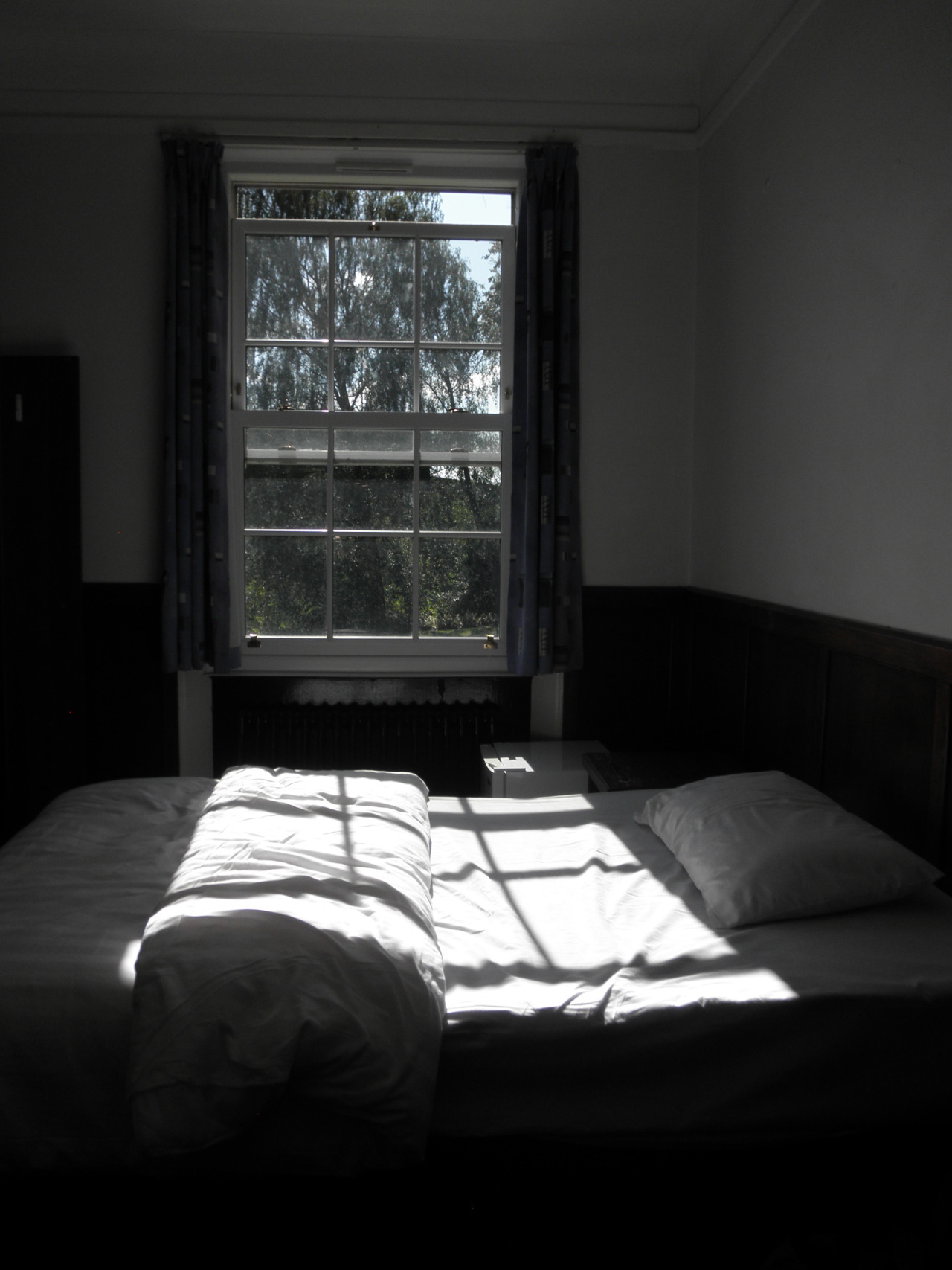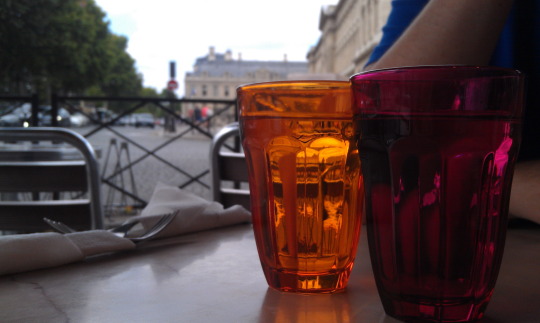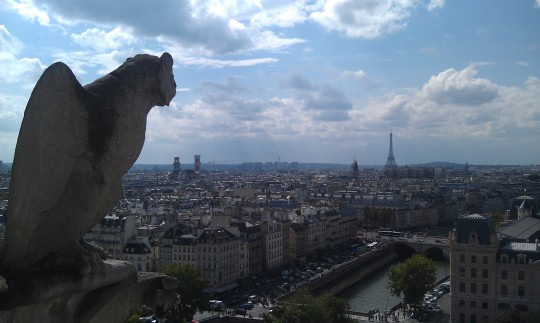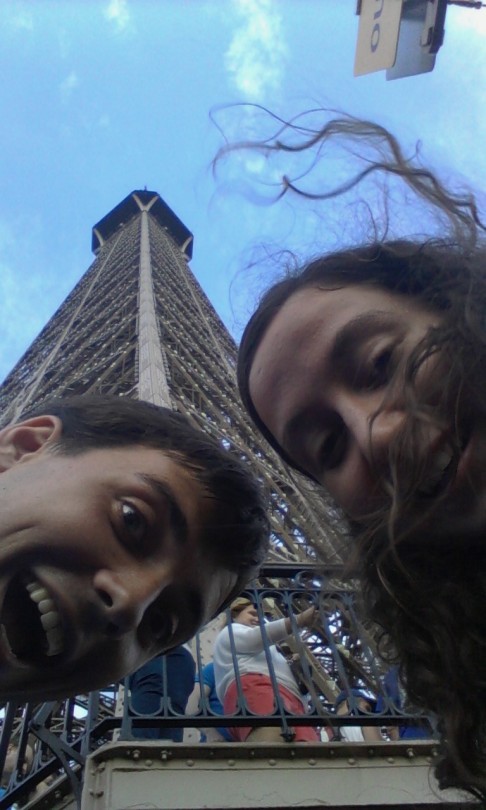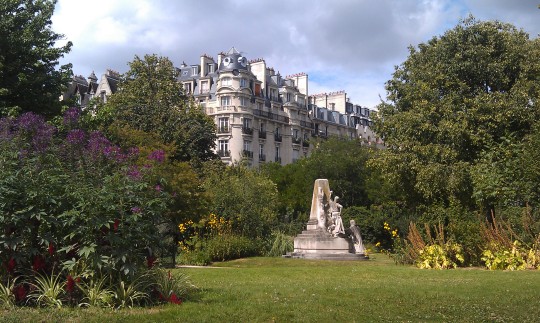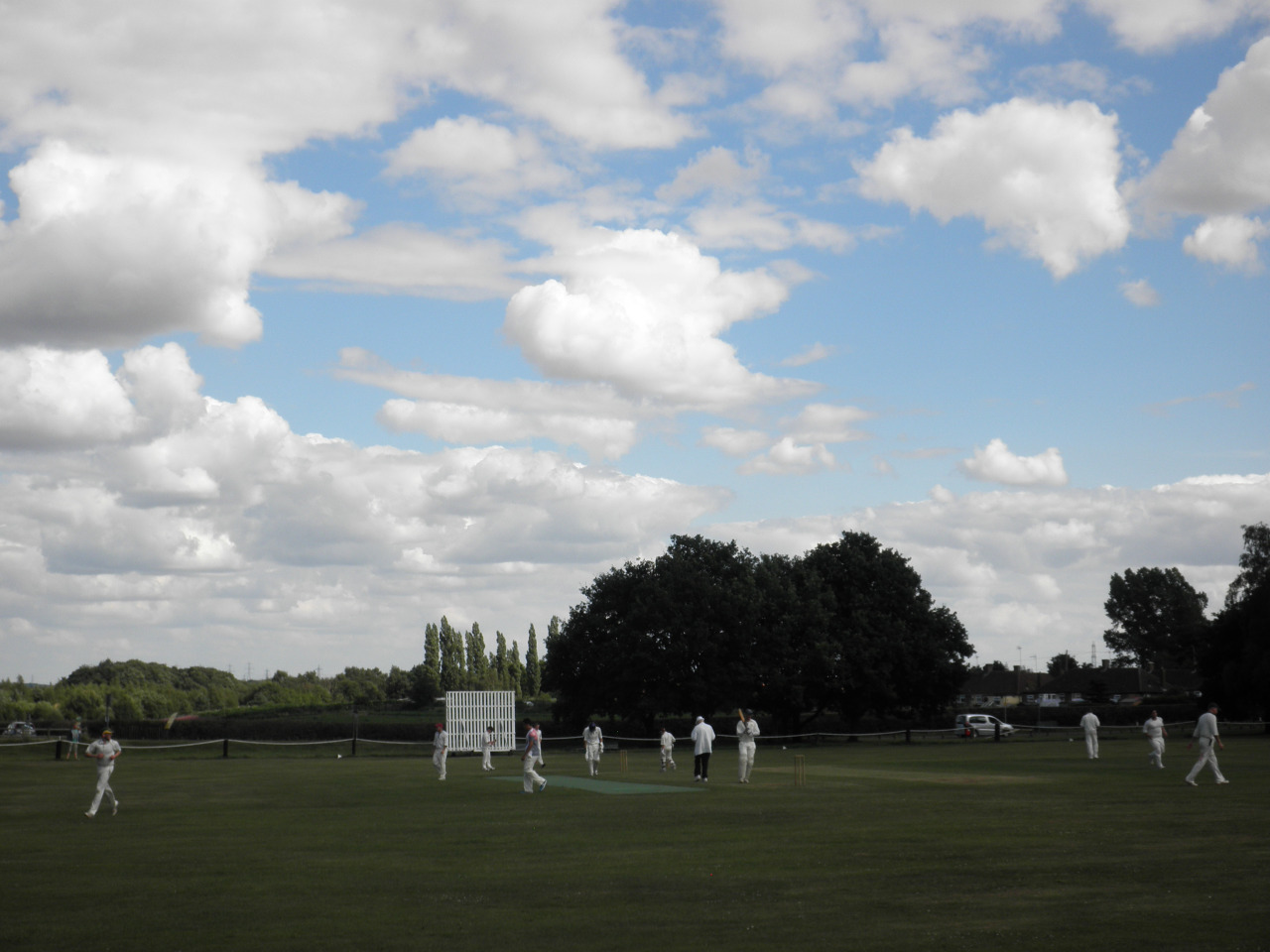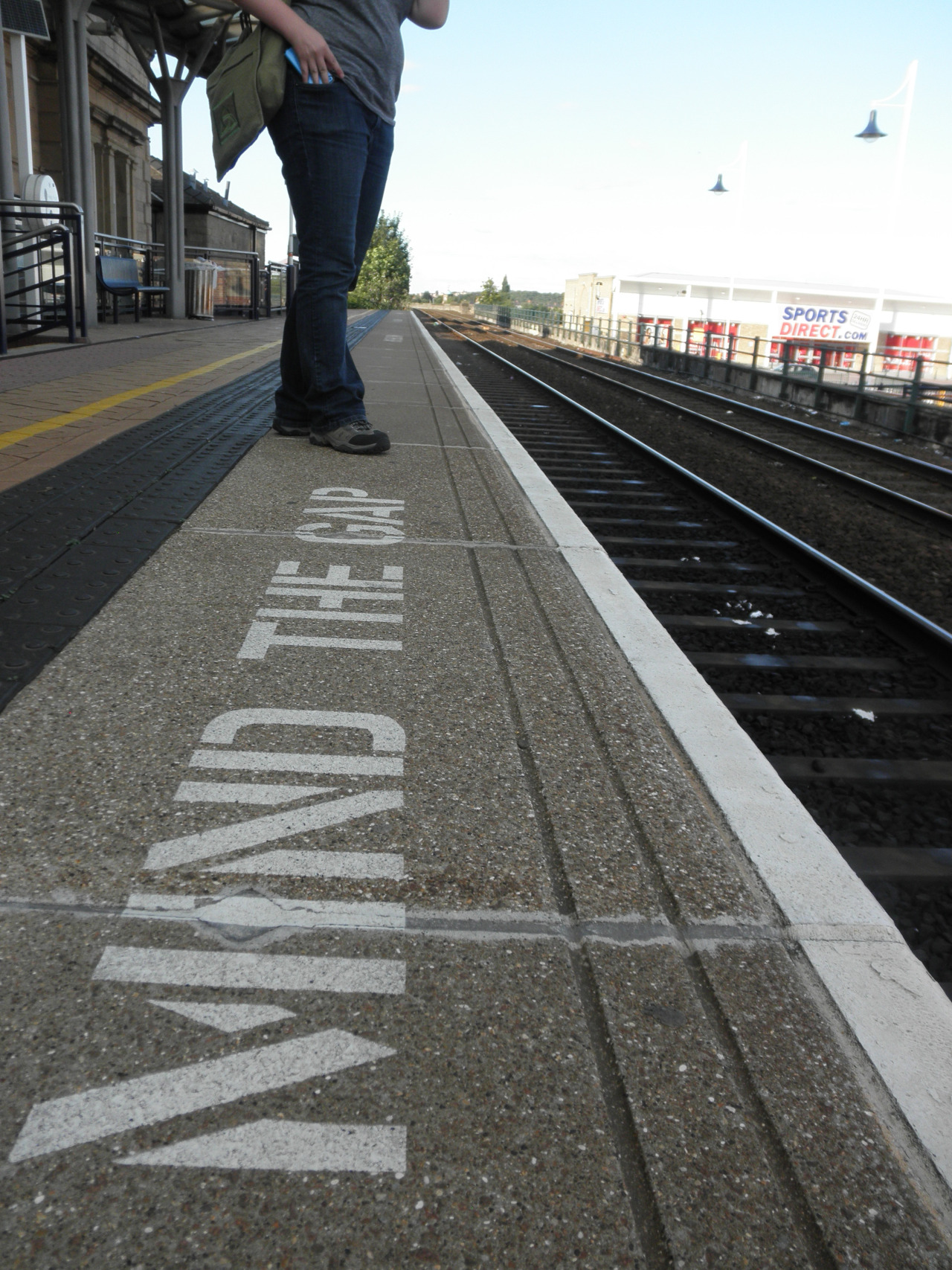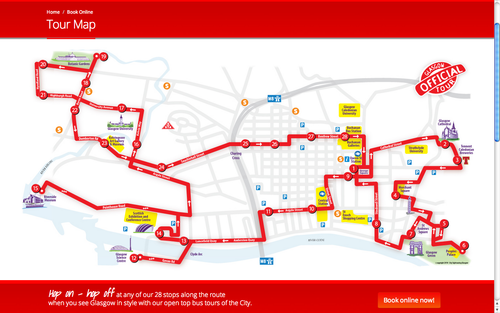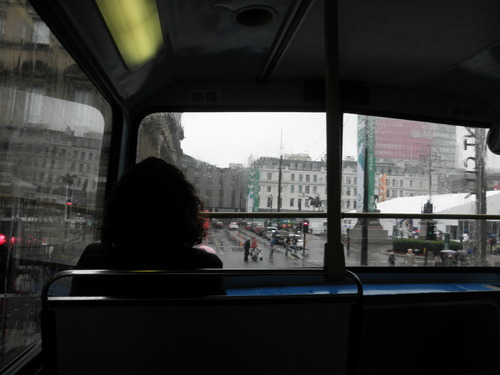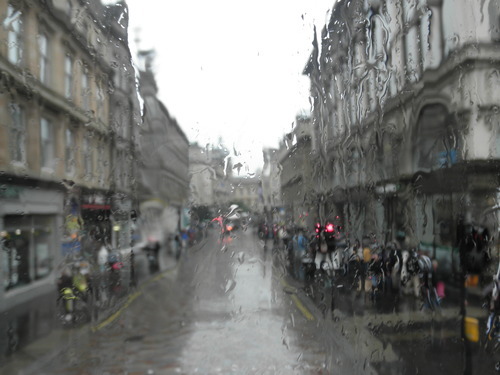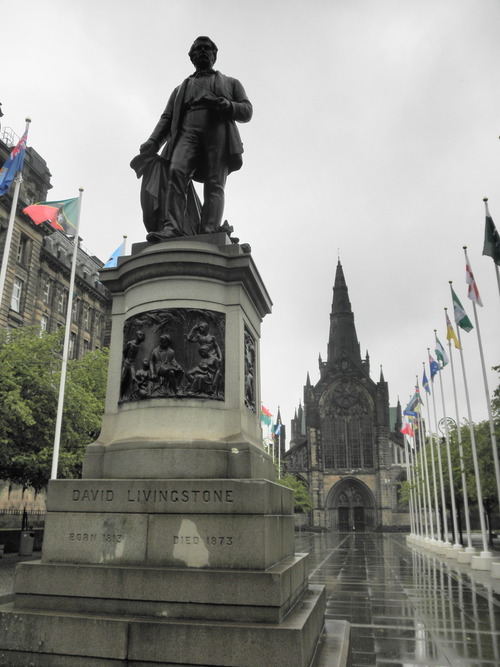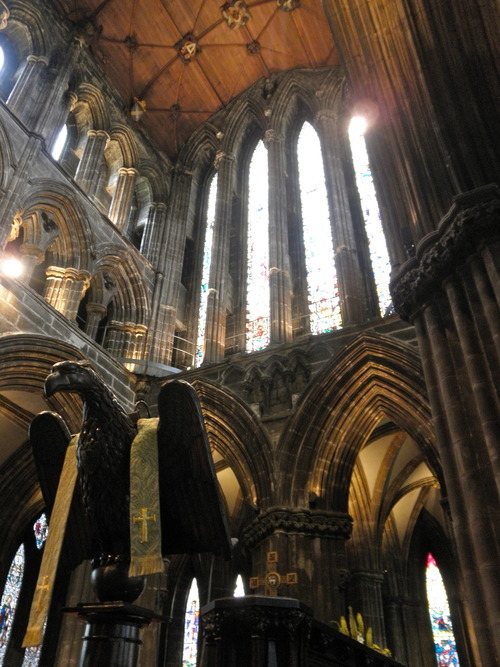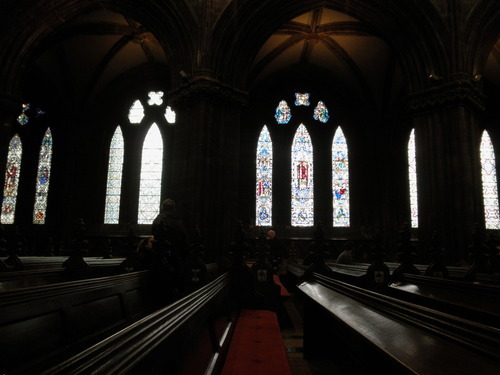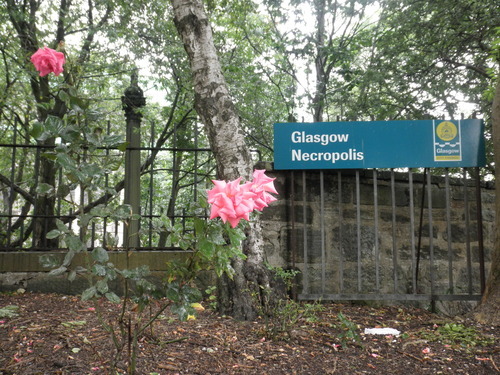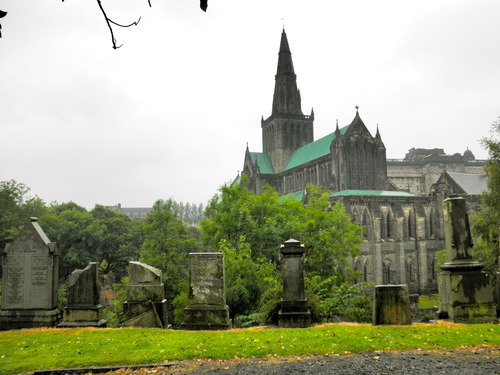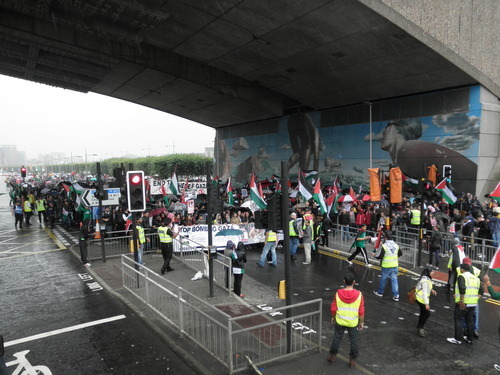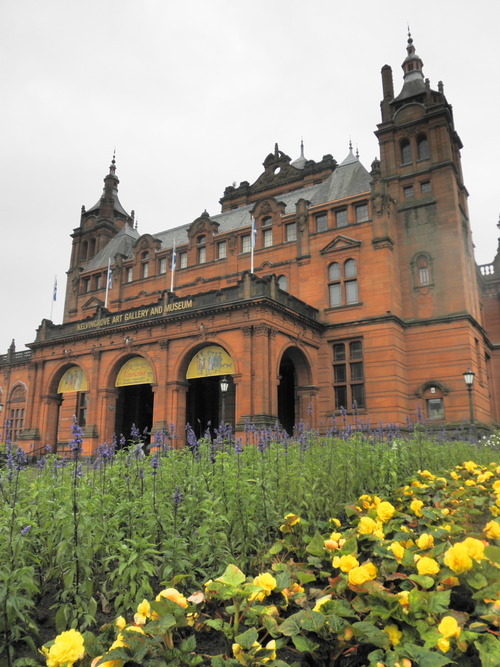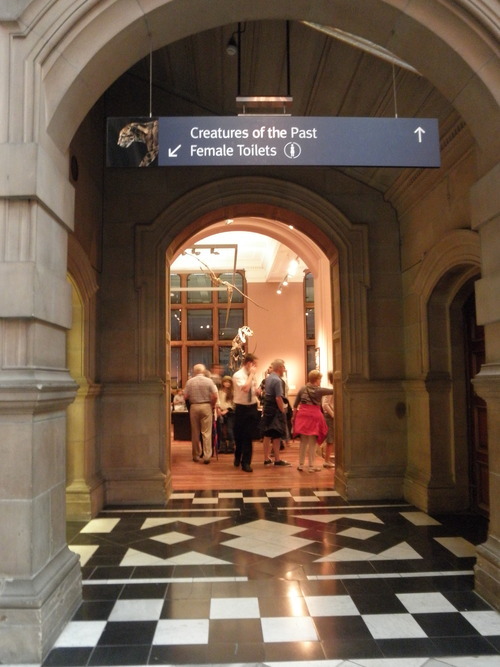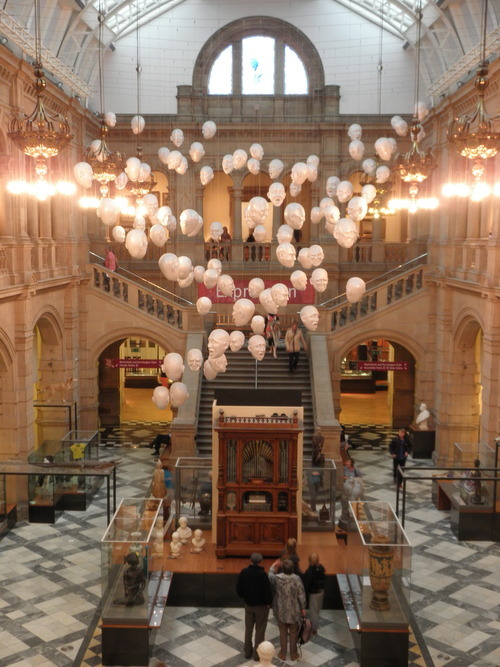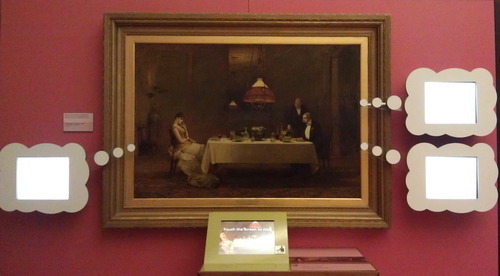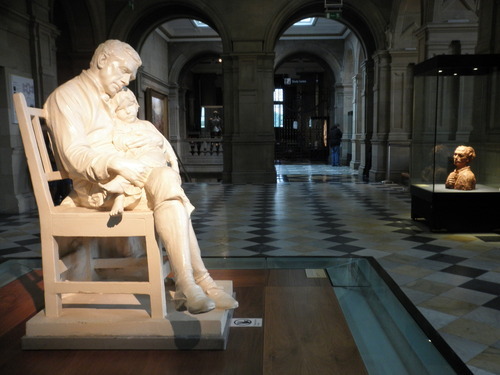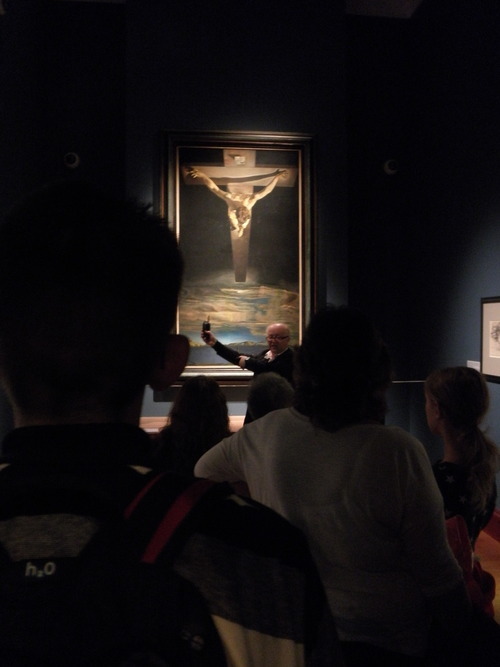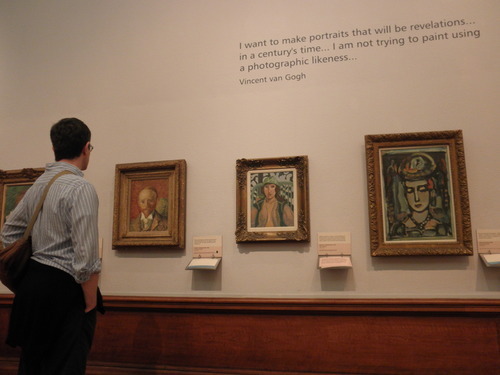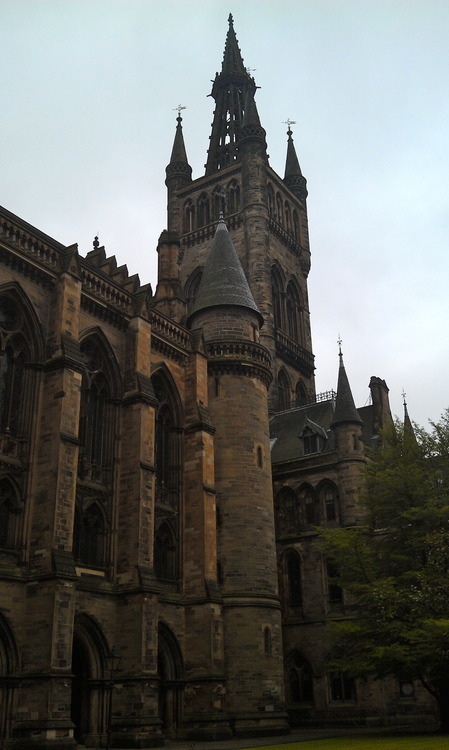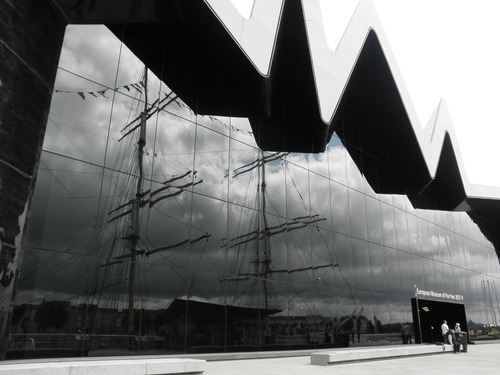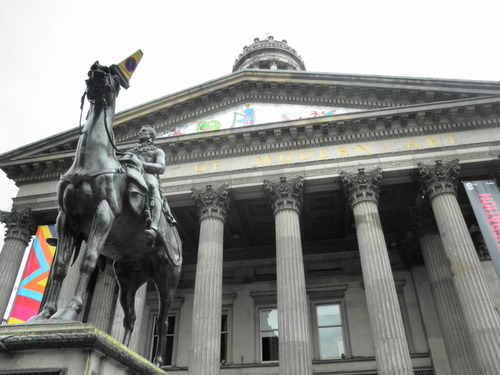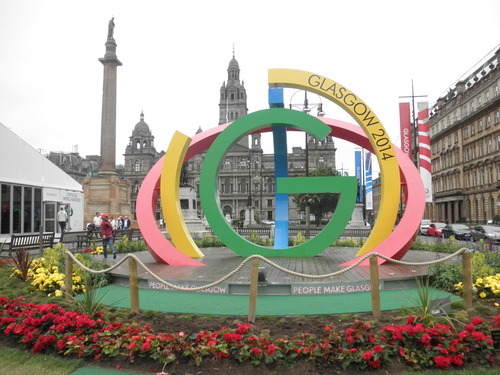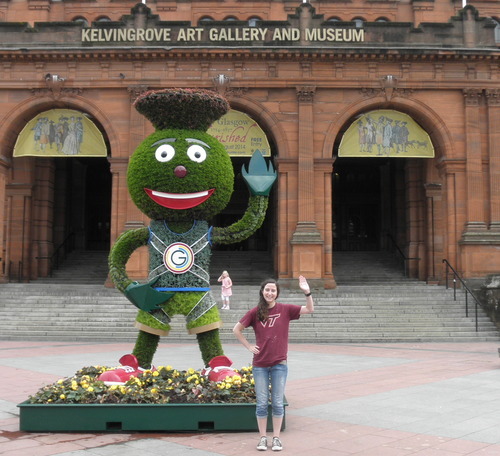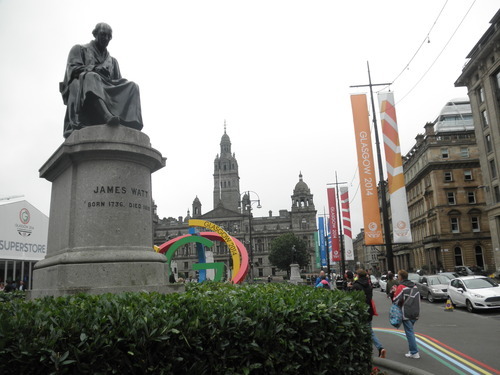August 8, 2014
Dear Future IRES Student,
Congratulations,
you’re probably an amazing person – at least your predecessors were, so you
better fucking be too. Here are some notes, carelessly thought out and
organized, on mundane things that could be helpful/reassuring/you could figure
out on your own but may read anyway because you’re a nice person.
On Getting To Nottingham:
Woo it’s
time to start! You told the nice travel agency woman what flights you want (but
actually you should do this – stay within budget, but pick your airline and
arrival/departure times – the two of us that did got comfier seats with
personal screens and free movies – the other three were sad, angry people that
had to sit next to screaming children and stare far away at one tiny screen
that played one movie the entire flight) and now you are on your way! Plan for
a day of recovery – they call them red-eyes because you will come out on the
other side of the pond with the eyes of an albino because you both forgot to
take out your contacts and never really fell asleep, though you listened to
classical music, put on the eye cover and in the ear plugs, read a wretchedly
boring book, and even dabbled in drugs – real sleeping remained a distant
dream.
If you get
there before the program starts (Summer Solstice at Stonehenge say whaaaaa?)
you can get to Nottingham by train or bus. Trains can be slightly more expensive,
but they are often easier, more comfortable and faster. With a rail card (see a
note on those things I will probably write sometime later), and booking a few
days in advance, you can get a one-way train ticket from London to Nottingham
for 10-15 pounds.
Within the
next year or so, tram service is supposed to run from city center to the
University, so the next bit of information may be useless. Whatever you do,
don’t try and walk from city center to the University. I mean, you can, but
maybe during a nice long run. It’s several miles and can be slightly confusing
and definitely uphill and overall gross. And back in my day I walked uphill
both ways through the snow to get to class, so take my word when I don’t want
to walk somewhere. So, hooray bus! You want
the the number 34 (the number 36 is nice too, but doesn’t bring you into
the heart of campus). From the main exit of the Nottingham train station, you
walk toward the Starbucks, down a couple blocks past Sainsbury’s until the road
ends, then take a right. That should be the Broadmarsh bus station, and lots of
screens should be up to tell you when the next one is coming. They run every
half hour (in the summer, during non-term time), beginning from 7am(ish) to
11pm(ish). It’s a 20 minute-ish ride-ish and it will be very obvious-ish when
you get to campus-ish. The fare is 1 pound for students and it requires exact
change. (I detail all this because Nadia and I were very tired our first day
and our bags were very heavy and it was very hot and we couldn’t cry in
Starbucks anymore because it was attracting attention so we had to waddle
around and figure all this out and maybe this can help prevent another lost
soul from all that crying and waddling.)
On Nottingham:
When we
first arrived, we were so excited to get to know the place really well and
uncover all of its hidden treasures. We asked around about all the exciting
things to do Notingham. “What do you do for fun?!”, we asked, expectantly. “Go
to London” several people answered. So, yes, stick around Nottingham a weekend
or two, get to know the place and explore. Go see an outdoor play, go visit the
city center restaurants and bar, go visit the Castle and Wollaton Hall, and rent
a boat on the University pond. But then go travel to someplace you’ve been dying
to see, don’t hold yourself back – the rest of the UK and Europe are literally
on your doorstep, so make the most of the summer.
On traveling outside of Nottingham:
–
If you travel in London at all, get an Oyster card. There are booths that will
dispense one for you or tellers that will speak in a brilliant British accent
and personally hand one to you. It’s a 5 pound deposit, which you can get back
when you turn it in on your way out of the country/London. Normally a single
ticket is like 4 pounds for the underground, but the Oyster card knocks it down
to 2.20. Boom. Savings.
–
If you plan on traveling around the UK, totally
look into a 16-25 Railcard. It’s 30
pounds, which feels steep, but it gets you a third off all train fares. Mine
easily paid for itself and then continued to save me money.
–
SUPER UNHEARD OF SECRET AWESOMENESS: If you have
a 16-25 Railcard (normally just good for trains), make sure to talk to a nice
London Underground teller and he will give you a form to register it onto your
Oyster card and get you EVEN MORE DISCOUNTS
–
It’s a solid 30-45 minutes on the Piccadilly
line from Heathrow to central London – It’s not a big deal, but plan for it –
there are lots of airports that say they surround London, but are actually like
an hour away in the suburbs somewhere
–
There’s an airport a bus ride away called East
Midlands. If you’re flexible with your destination, look up all the places it
flys to directly, and plan from there – some are random places in Spain you’ve
never heard of, others are big cities like Rome.
–
Europe is at your doorstep, take advantage of it
if you can. We went to Rome, Amsterdam, and Paris over the weekend – they were
longer, slightly sleep-deprived weekends, but it’s totally doable
–
Ryanair is an awesome European cheap airline.
Like dirt cheap. But to allow them to do that, they charge for every little
freakin thing. Like I didn’t feel like printing out my boarding pass beforehand
and thought I could do it at the airport – nope, that oversight cost me 70
pounds, about as much as the original plane ticket. They squish you into the
smallest seat possible on the most packed plane possible. And they charge for
water. So no complimentary snack food/drinks here. Overall, they’re still worth
it, just read every detail and be aware.
–
Backpacking backpacks are awesome. Europe
doesn’t really seem to believe in easily accessible elevators – or really
elevators at all – so be prepared to carry things. Yes, rolling bags are nice
80% of the time because everything you own can glide nicely next to you; but
20% of the time there are stairs.
–
England shuts down early. 24-7 stores are an
American thing and are virtually unheard of here. The post office closes at
4:30 or 5, as do most shopping areas. Pubs close between 10pm-11pm. Yes, there
are night clubs and things, but even bar hopping in London we had to quit at 1
or 2am.
–
Pubs aren’t required to serve food and many only
serve alcohol. Even if they do serve food, most don’t serve food on Sundays.
–
Get used to military time
–
A ‘return ticket’ means a round-trip ticket aka
both ways aka there and back again. It threw me for a while because why would I
only want a return ticket, when I need to get the place I’m returning from
first. #logic
–
Don’t be afraid to ask questions and feel like
an idiot. Try and be educated and non-annoying, but don’t be too bull-headed or
meek to seek answers when you’re lost. What’s logical to the locals is not
always logical to you/the rest of the world. When I traveled in Costa Rica, a
local made fun of me for booking a hostel ahead of time. When I traveled in the
UK, a local made fun of me for not booking more in advance. You just can’t win.
In England, trains will often arrive at a platform 10 minutes early and sit
there for a while. In Switzerland, I was chastised by the ticket conductor
inspector dude for taking the train that arrived on the platform 5 minutes
before the one I wanted. These mistakes may cost you more money than you had
wanted to dish out, but it’s never the end of the world.
–
Bring
your University of Nottingham admission letter with you every time you leave
the country. Your student visa is only good for as long as you stay within
the UK, so they’ll have to reissue you one each time you return into the UK.
Which really ends up being just a new stamp they have to sign at customs.
–
There are student discounts everywhere. Look for
them and don’t be afraid to ask for them.
–
Keep calm and hold onto your towel [But
actually, a towel can be a very useful thing to have]
On living in the dorms:
I have very
low standards. I can fall asleep almost anywhere and sleep through almost
anything. I have happily survived years of cramped dorm room living. So I was
actually happily surprised we each got our own room in the dorms. Howver, like ice cubes in your drink, air
conditioning is an American thing.
On money:
–
look into getting a chip-and-pin card or a tap
card; most places accept magnetic strips for visa or mastercard, but it doesn’t
hurt to look into it – some people did run into trouble at automatic ticket
machines for trains/buses/metro
–
call your bank to tell them you’re leaving the
country and while you have them on the phone, make them expalin exactly what
charges you may incur by using your cards overseas. It may even be worth it to
look into a credit card that doesn’t charge foreign transaction fees
–
Don’t worry about traveler’s checks, getting
cash ahead of time, etc. Bring a debit card and use an atm. Even if every party
charges you withdrawl and conversion fees, it’s still a better deal than doing
it at the airport, especially if you take out a larger amount of cash every now
and then.
Ok, now you’re (more) ready for adventure. Enjoy it!
<3 Rachael


